The Diamond Engagement Ring Myth
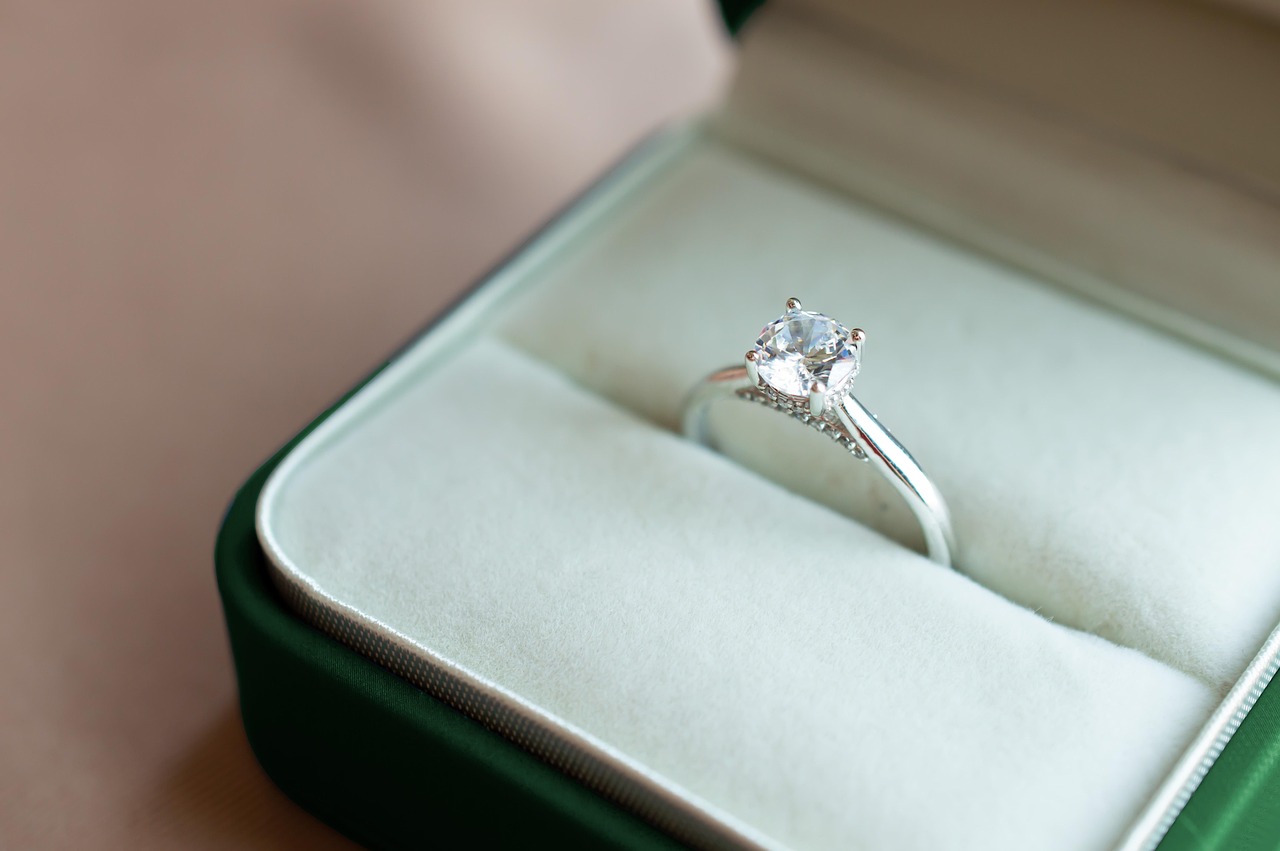
Despite what most people believe, diamond engagement rings aren’t an ancient tradition rooted in romance. This practice actually started in 1938 when De Beers launched their famous “A Diamond is Forever” advertising campaign, according to marketing research from the Gemological Institute of America. Before this campaign, only 10% of engagement rings featured diamonds, but by 1941, that number had jumped to 80%. The tradition was literally manufactured by clever advertising executives who wanted to create a market for their product. Today, Americans spend an average of $6,000 on engagement rings, with 75% featuring diamonds, proving just how successful this marketing campaign was. What’s even more shocking is that this “tradition” is barely 85 years old, making it younger than many of our grandparents.
White Wedding Dresses and Virgin Symbolism
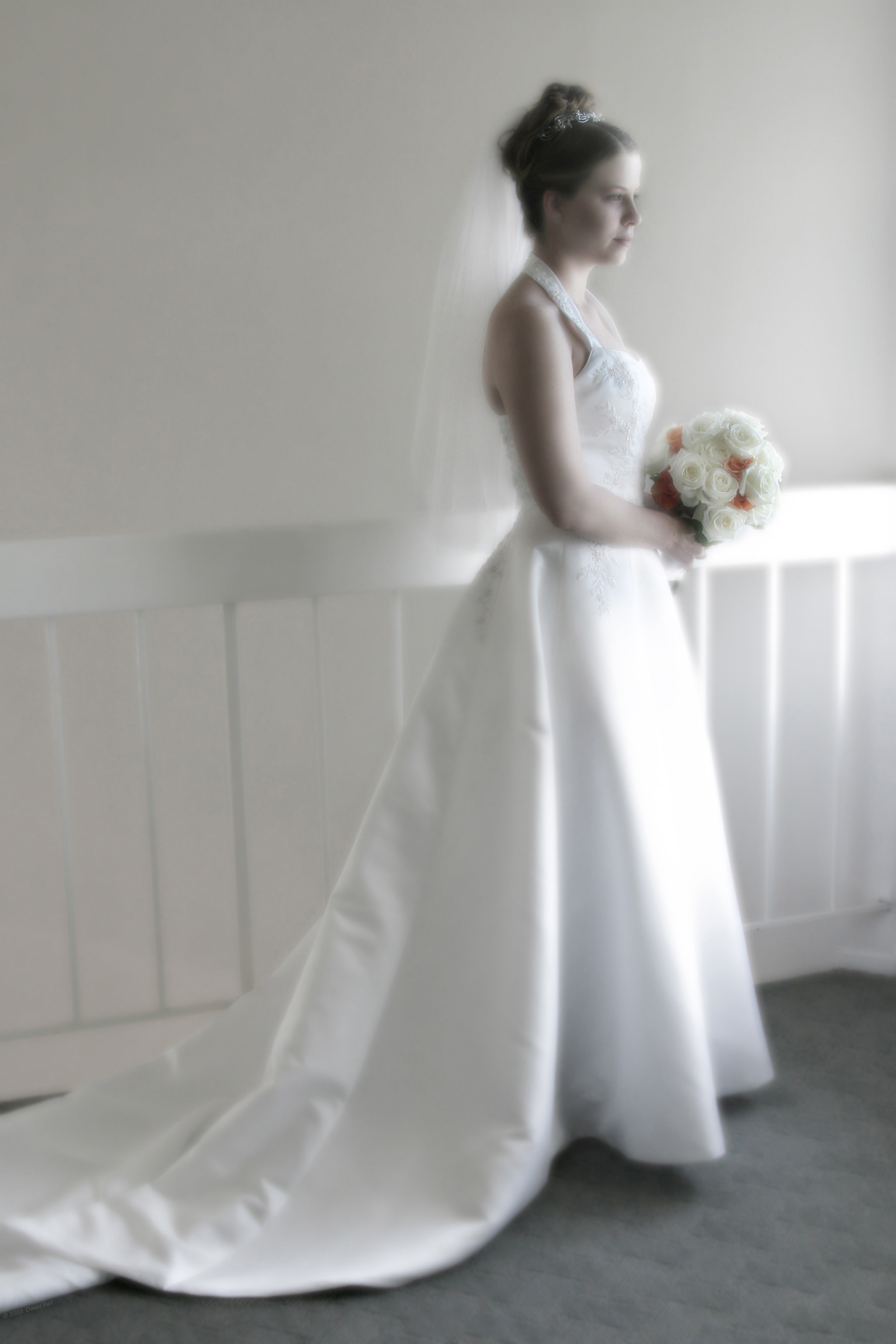
The white wedding dress tradition that brides obsess over today has nothing to do with purity or virginity, contrary to popular belief. Queen Victoria started this trend in 1840 when she married Prince Albert wearing a white silk satin dress, simply because she wanted to incorporate some lace she particularly loved. Before Victoria’s wedding, brides typically wore their best dress in any color, with many choosing practical dark colors that wouldn’t show stains. The white dress was actually a symbol of wealth and status, since white fabric was expensive and impractical for everyday wear. According to wedding industry data from 2024, 83% of brides still choose white or ivory dresses, unknowingly following a fashion choice made by one queen 184 years ago. The association with purity came later, manufactured by Victorian society’s obsession with moral symbolism.
The Expensive Wedding Ring Finger Tradition

The tradition of wearing wedding rings on the fourth finger of the left hand comes from an ancient Roman belief that was completely wrong. Romans believed that a vein in this finger, called the “vena amoris” or “vein of love,” connected directly to the heart. Modern anatomy has proven this is medically inaccurate, as all fingers have similar blood vessel patterns leading to the heart. However, this romantic myth stuck around for over 2,000 years and became deeply embedded in Western culture. Interestingly, many cultures wear wedding rings on different fingers, with some Eastern European countries using the right hand instead. According to anthropological studies from 2023, over 95% of married couples in the United States still follow this anatomically incorrect Roman tradition. The average wedding ring costs $1,200, meaning millions of people spend significant money on a tradition based on ancient medical misinformation.
The Bouquet Toss and Medieval Superstitions
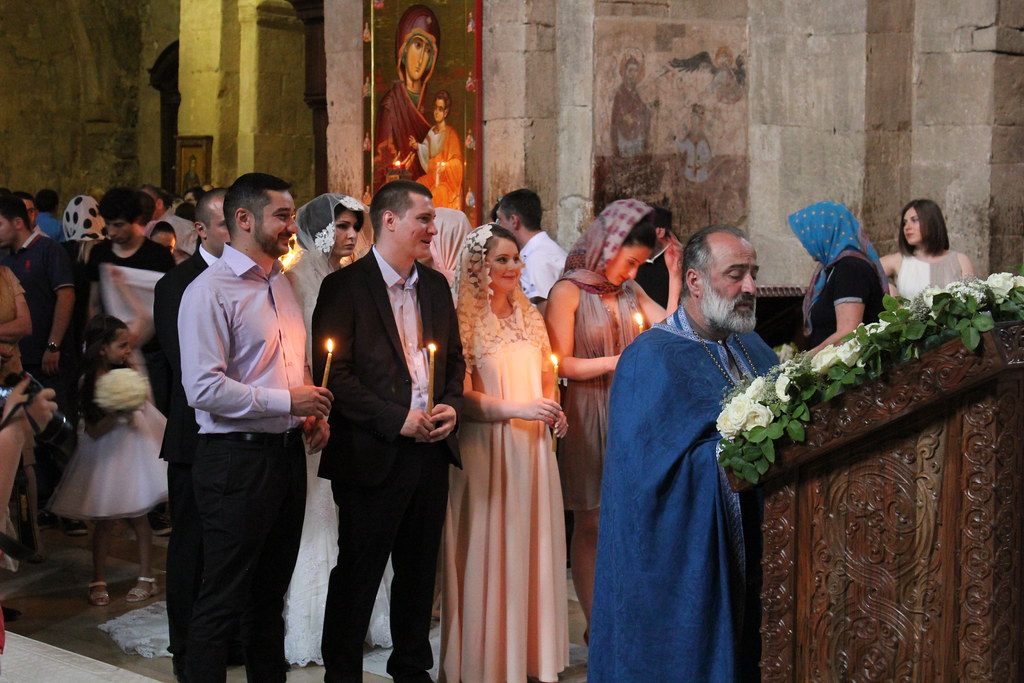
The bouquet toss tradition has surprisingly dark origins rooted in medieval superstition and mob behavior. In medieval Europe, people believed that touching the bride or getting a piece of her clothing would bring good luck and fertility. Wedding guests would literally chase the bride and tear pieces of her dress and flowers as she tried to escape. To protect herself from this aggressive behavior, brides started throwing their bouquets into the crowd as a distraction so they could make a quick getaway. The practice evolved into the more civilized tradition we know today, but it’s essentially a remnant of ritualized mob harassment. Modern wedding statistics from 2024 show that 67% of weddings still include a bouquet toss, despite most people having no idea they’re participating in a tradition designed to prevent medieval wedding guests from attacking the bride.
Bridal Veils and Ancient Kidnapping Protection
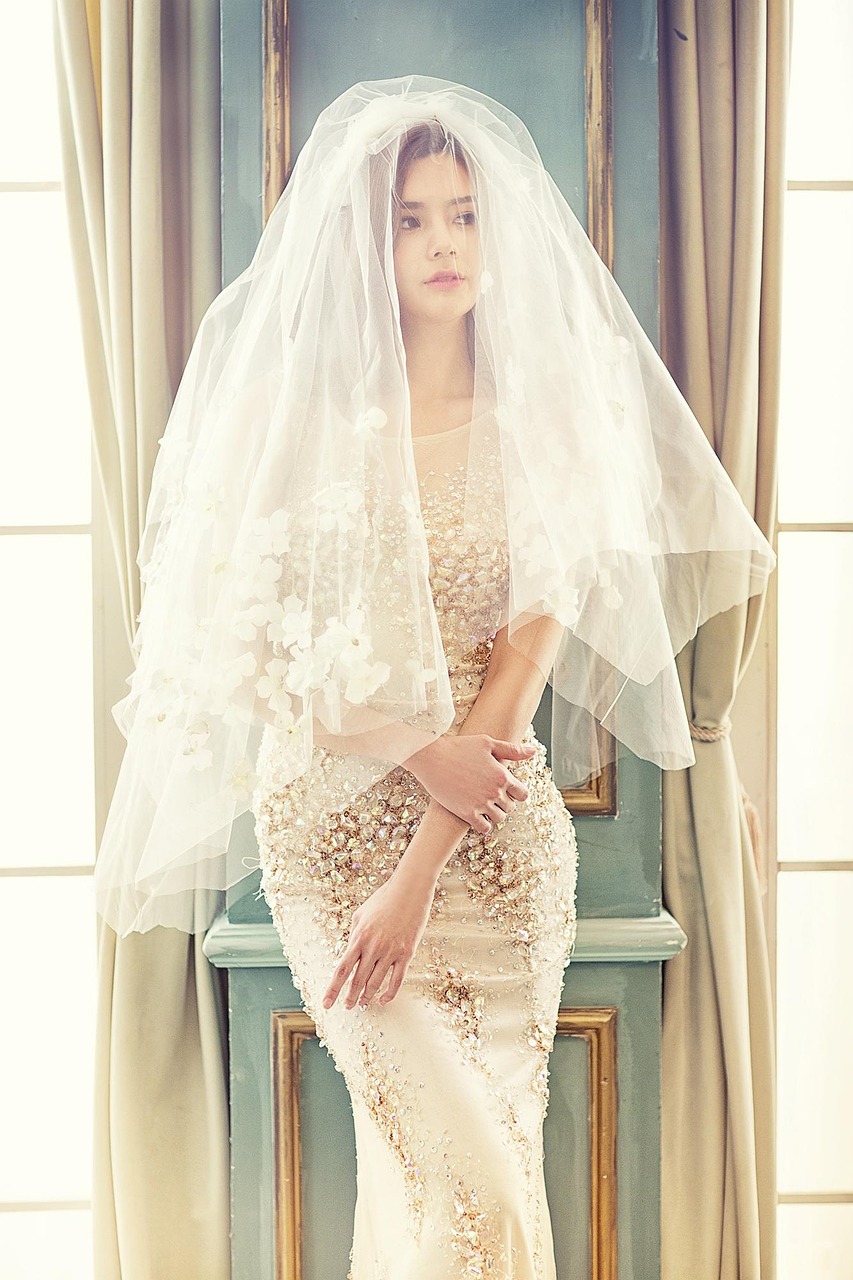
The bridal veil tradition stems from ancient practices designed to protect brides from evil spirits and potential kidnappers, not to enhance their beauty. Roman brides wore flame-colored veils to ward off evil spirits, while in other cultures, veils were used to disguise the bride’s identity until after the ceremony was complete. This was particularly important in arranged marriages where the groom hadn’t seen his bride before the wedding day. The practice also served as protection during a time when bride kidnapping was common, helping to conceal the bride’s appearance during travel to the ceremony. According to bridal industry research from 2024, 58% of modern brides still wear veils, most unaware that they’re participating in an ancient security measure. The average bridal veil costs between $200-$800, making it an expensive piece of historical protection equipment.
The Best Man’s Military Origins
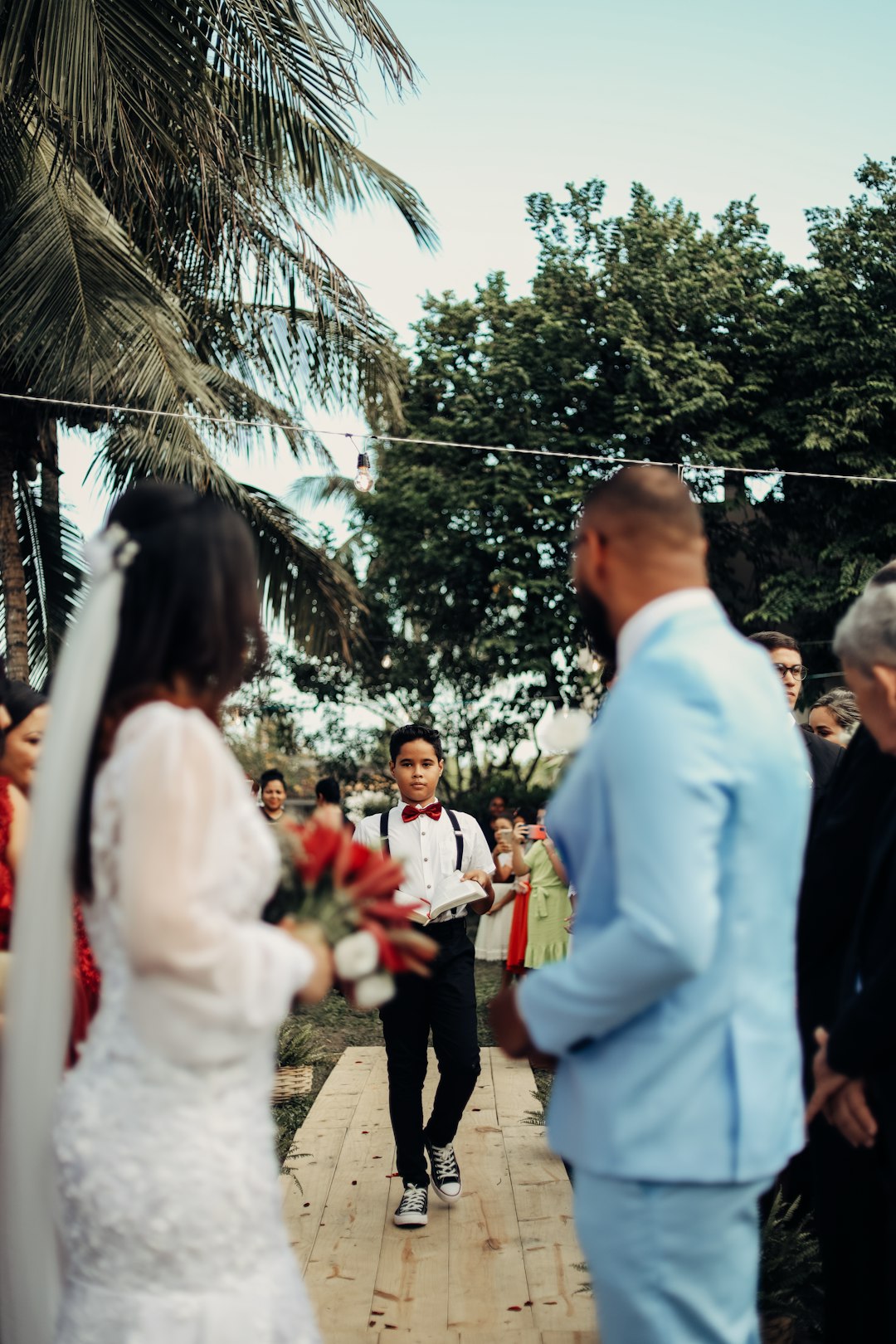
The role of the best man originally had nothing to do with friendship and everything to do with military skill and potential violence. In ancient Germanic and Celtic cultures, the best man was literally the “best” warrior who could help the groom kidnap his bride from a neighboring tribe or fight off her family if they objected to the marriage. The best man stood to the groom’s right during the ceremony, keeping his sword hand free in case fighting broke out during the wedding. This tradition continued through medieval times when marriages were often business arrangements that could lead to family feuds or violence. Modern wedding data from 2023 shows that 94% of weddings include a best man, though today’s best men are chosen for their friendship rather than their combat abilities. The irony is that this position of honor, now symbolizing friendship and support, was originally a military appointment designed for potential violence.
Wedding Cakes and Fertility Rituals
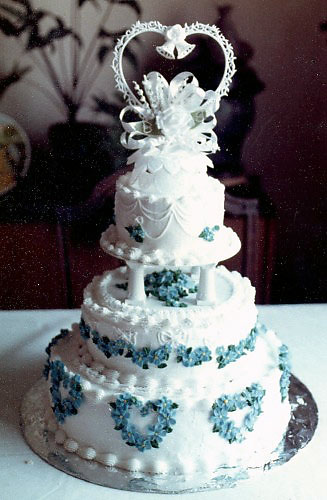
The wedding cake tradition began with ancient Romans throwing wheat cakes at brides, believing this would ensure fertility and prosperity. Guests would scramble to collect the crumbs, which were considered lucky, leading to chaotic scenes at Roman weddings. During medieval times, this evolved into a tradition where wedding guests would bring small cakes and stack them as high as possible, with the bride and groom required to kiss over the towering pile without knocking it down. The modern tiered wedding cake developed from these stacked individual cakes, first appearing in 17th-century Britain. According to wedding industry statistics from 2024, couples spend an average of $500-$900 on wedding cakes, with 78% choosing multi-tiered designs. What started as grain-throwing for fertility has become a centerpiece costing hundreds of dollars, showing how ancient superstitions can evolve into expensive modern traditions.
The Honeymoon and Ancient Kidnapping

The honeymoon tradition has disturbing origins tied to bride kidnapping and forced marriage in ancient cultures. The term “honeymoon” comes from an old European custom where the groom would kidnap his bride and hide her away for a full moon cycle, drinking honey wine (mead) to increase fertility. During this month-long period, the bride’s family would search for her, but by the time they found her, she would likely be pregnant, making the marriage irreversible. The practice was essentially a form of legalized kidnapping disguised as romance. Modern honeymoon statistics from 2024 show that 87% of newlyweds take a honeymoon trip, spending an average of $4,800 on what originated as a kidnapping cover-up. Today’s romantic getaways to tropical destinations are a far cry from hiding in caves or remote locations to avoid angry relatives, but the name and timing of this tradition remain unchanged.
Bridesmaids as Decoy Targets
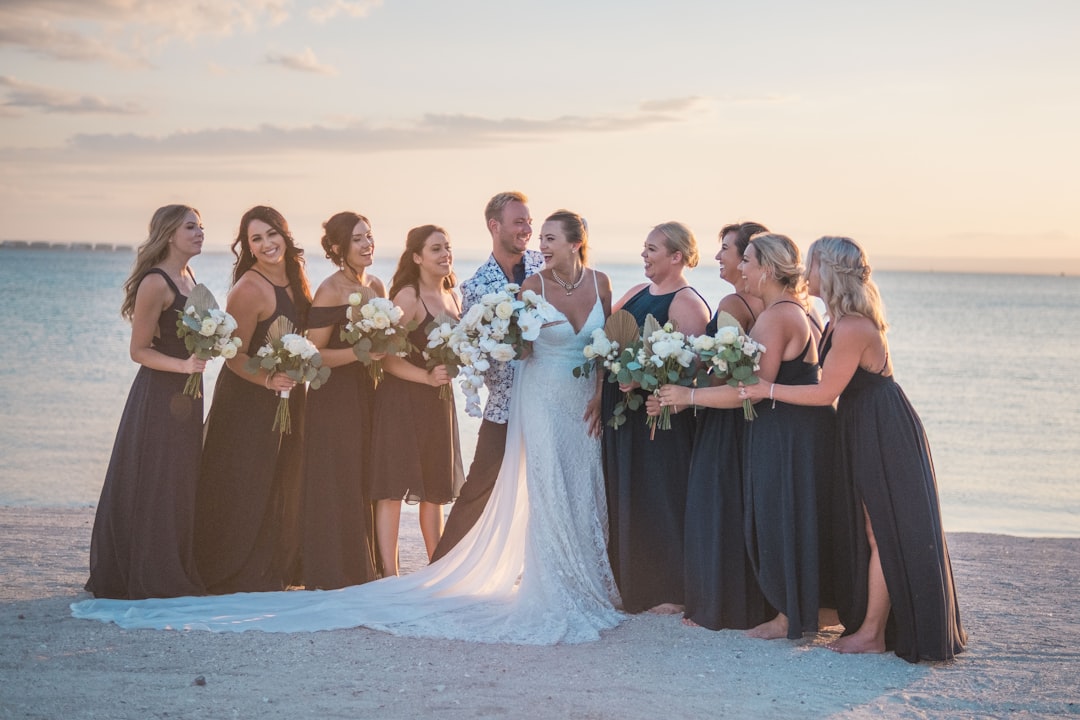
Bridesmaids weren’t originally chosen to support the bride emotionally, but to serve as decoys to confuse evil spirits and potential kidnappers. Ancient Roman and Chinese cultures required bridesmaids to dress identically to the bride, creating a group of women who all looked the same. This was believed to confuse evil spirits who might want to harm the bride on her wedding day, as they wouldn’t be able to identify the real bride among the group. The tradition also served a practical purpose in protecting against bride kidnapping, as potential kidnappers couldn’t easily identify their target. According to wedding industry data from 2024, the average wedding includes 4-5 bridesmaids, with brides spending approximately $1,200 per bridesmaid on dresses and accessories. Modern bridesmaids still dress in coordinating outfits, unknowingly continuing an ancient practice designed to create human camouflage for the bride.
Wedding Rings and Ancient Ownership
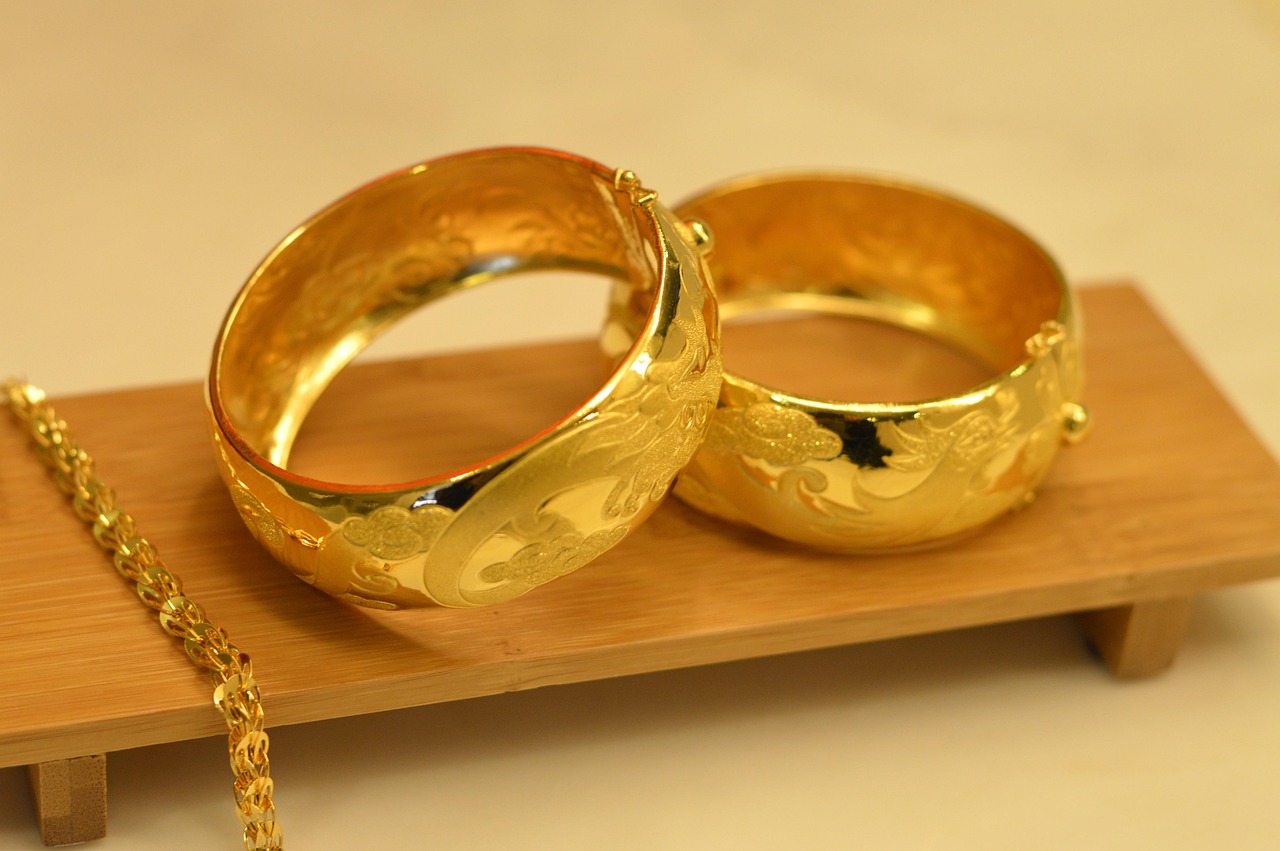
The exchange of wedding rings wasn’t originally about love or commitment, but about ownership and business transactions. Ancient Egyptians and Romans used rings as a form of currency and legal contract, with the ring representing the groom’s payment for the bride. The circular shape was chosen because it had no beginning or end, symbolizing the eternal nature of the legal contract, not romantic love. In many ancient cultures, only the woman received a ring, marking her as the property of her husband, while men didn’t wear wedding rings until the 20th century. According to jewelry industry research from 2024, the average couple spends $2,400 on wedding rings, with 98% of married men now wearing wedding bands. This represents a complete reversal from the original tradition where rings were one-way symbols of ownership, to today’s mutual symbols of commitment that cost thousands of dollars.
Wedding Music and Warding Off Evil
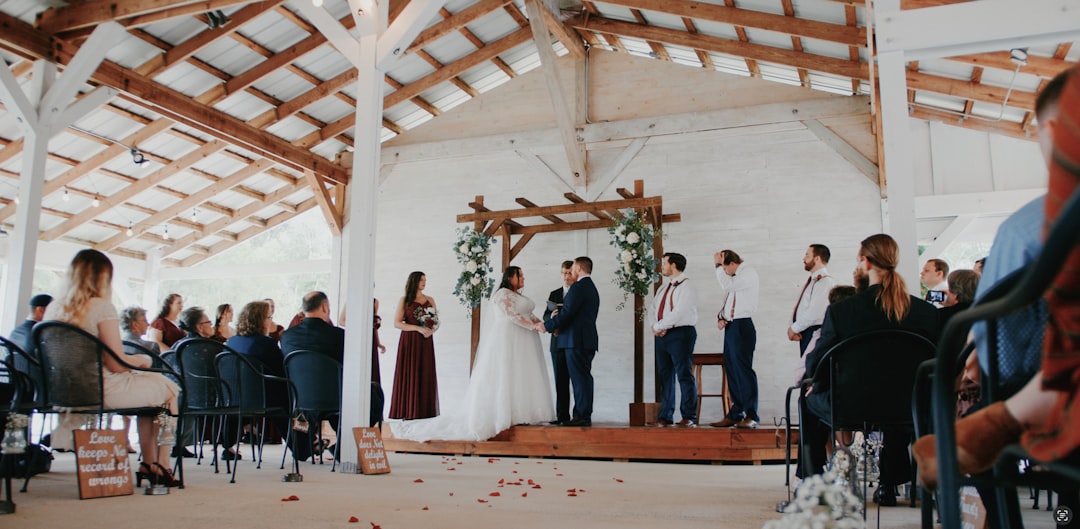
The tradition of music at weddings originally served to scare away evil spirits rather than create a romantic atmosphere. Ancient cultures believed that loud noises, bells, and music would drive away demons and bad luck that might interfere with the marriage. Church bells ringing after the ceremony weren’t celebratory but were considered spiritual warfare against evil forces. The practice of playing music during the processional was designed to create a protective sound barrier around the bride as she walked to the altar. Modern wedding statistics from 2024 show that couples spend an average of $1,500 on wedding music, whether it’s a DJ, band, or string quartet. Today’s carefully curated playlists and romantic ballads have evolved from what was essentially an ancient form of spiritual pest control, though the tradition of music marking important moments in the ceremony remains unchanged.
The Wedding Aisle and Ritual Pathways
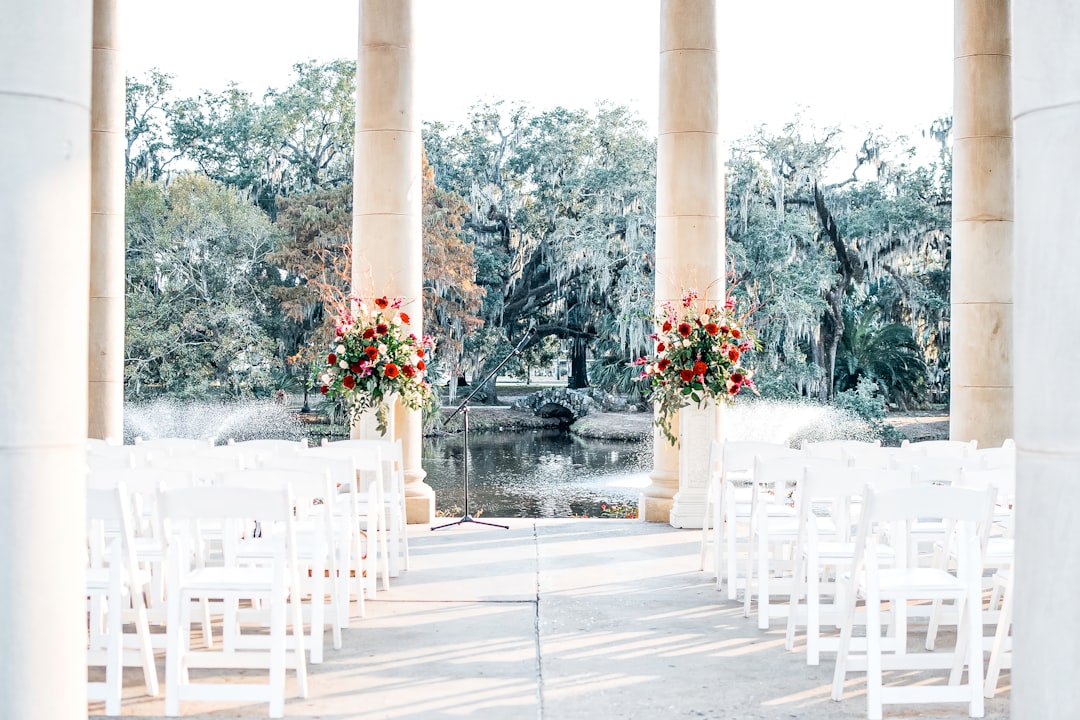
The tradition of the bride walking down the aisle has roots in ancient Roman and Celtic rituals where the bride’s journey to the altar represented her transition from one family to another. The aisle itself was considered a sacred pathway that had to be walked in a specific manner to ensure the marriage would be blessed by the gods. In Roman culture, the bride had to be carried or escorted across the threshold because touching the ground during this transition was considered bad luck. The father “giving away” the bride was a literal transfer of ownership, with the aisle walk representing the final journey from her father’s house to her husband’s. According to wedding venue data from 2024, 91% of weddings include a traditional aisle processional, with many venues charging extra for elaborate aisle decorations. The average couple spends $300-$600 on aisle decorations for what was originally a simple ritual pathway marking a property transfer.
Wedding Vows and Legal Contracts

Traditional wedding vows weren’t romantic promises but legal contracts that were often negotiated by families rather than the couple themselves. The phrase “til death do us part” wasn’t about eternal love but about the legal termination of a business arrangement, since divorce was rare and difficult to obtain. Ancient marriage contracts included specific clauses about property rights, inheritance, and financial obligations that had nothing to do with emotional commitment. The tradition of saying vows aloud in front of witnesses served as a legal requirement to make the contract binding, not to express heartfelt emotions. Modern wedding research from 2023 shows that 73% of couples now write their own vows, turning what was once a legal formality into a personal expression of love. However, many traditional vows still include language about “obeying” and “honoring” that reflects the original legal and economic nature of marriage contracts rather than modern partnership ideals.
The Unity Candle and Fire Rituals
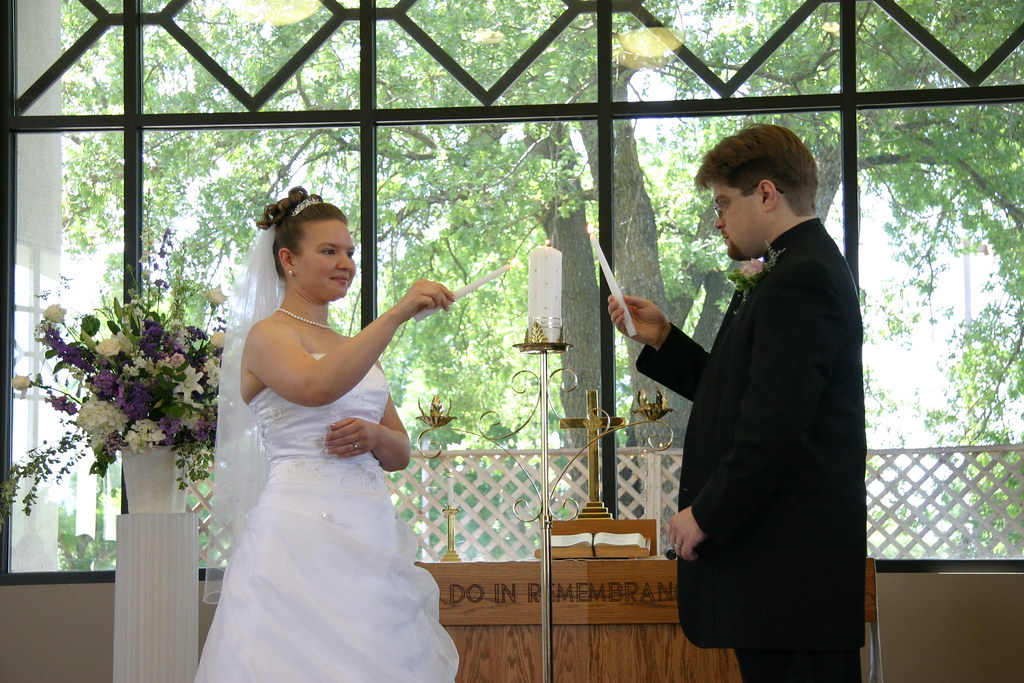
The unity candle ceremony is actually one of the newest wedding traditions, invented in the 1970s by American wedding planners looking to add meaning to ceremonies. Despite feeling ancient and traditional, this practice has no historical roots in any culture and was created purely for modern weddings. The ceremony involves lighting a single candle from two family candles, symbolizing the joining of two families, but it’s entirely a 20th-century invention. Many couples believe they’re participating in an ancient ritual when they’re actually following a tradition younger than smartphones. According to wedding industry statistics from 2024, 34% of couples include a unity candle ceremony in their wedding, spending an average of $75 on special candles and holders. This shows how quickly new traditions can feel ancient and meaningful, even when they’re barely 50 years old and completely manufactured by the wedding industry.
Wedding Favors and Ancient Bribes
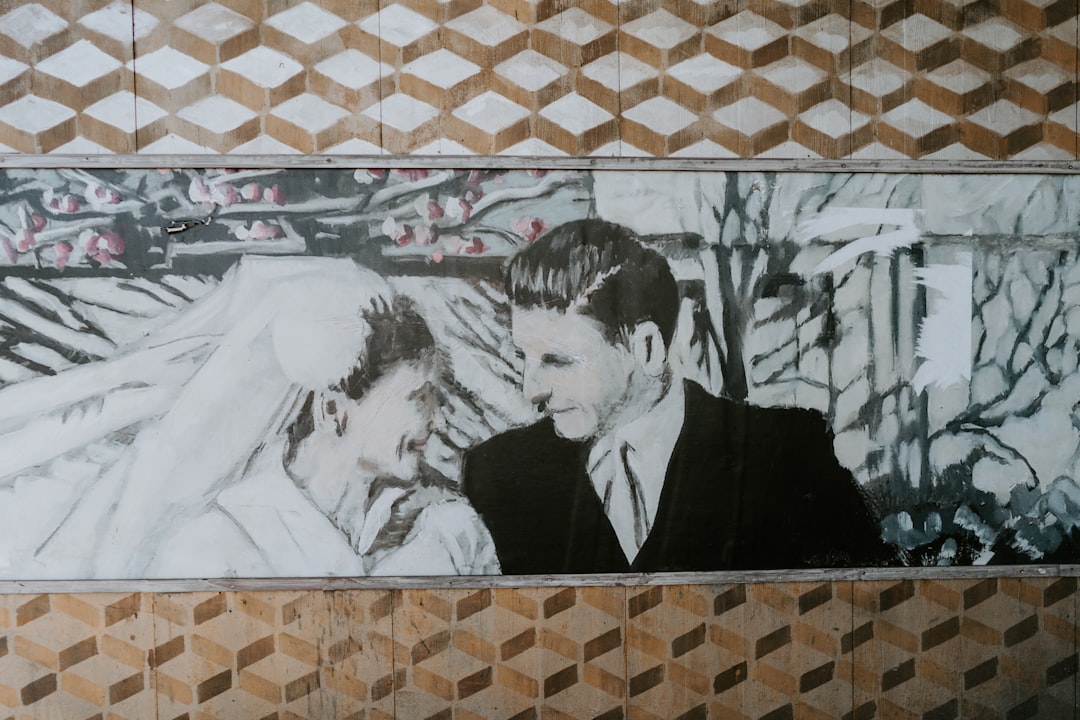
Wedding favors originated from ancient European practices where wealthy families would give guests small gifts to ensure their attendance and good behavior during the ceremony. These gifts were essentially bribes to guarantee that guests would show up and not cause trouble during the wedding festivities. In medieval times, wedding favors often included practical items like small coins, nuts, or grains that guests could use in their daily lives. The tradition evolved into giving guests a small token to remember the wedding, but the underlying concept remained the same – compensation for attendance. Modern wedding statistics from 2024 reveal that couples spend an average of $400-$800 on wedding favors, with 89% of weddings including some form of guest gift. The irony is that most wedding favors today are decorative items that guests often leave behind or throw away, making them expensive tokens of appreciation that serve no practical purpose unlike their ancient counterparts.

